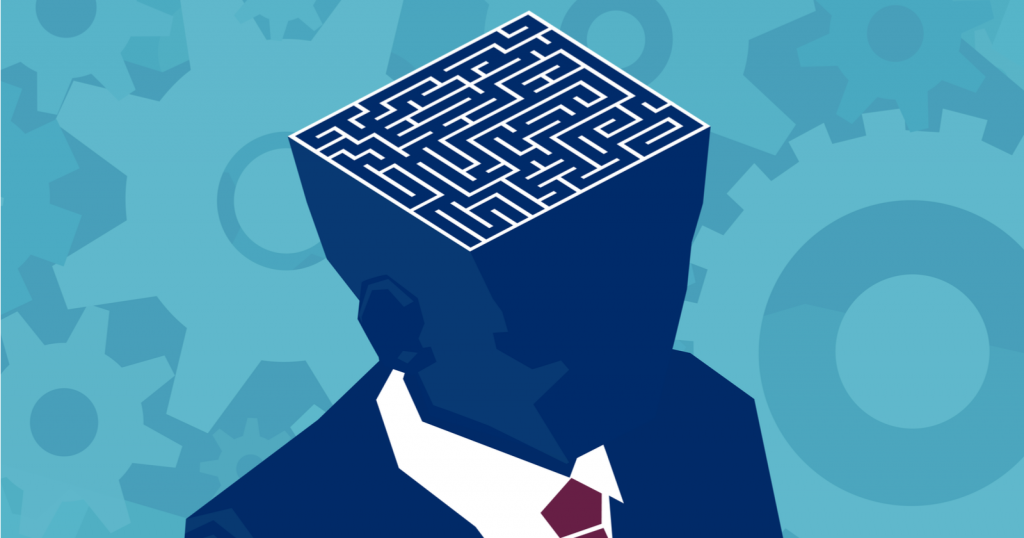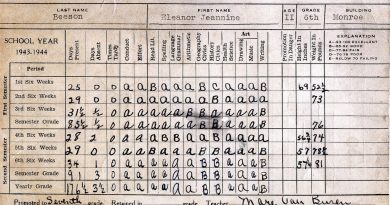Psych!

Psychological research traces the relationship between the complexities of human experience and our neurological and emotional reactions to them. Why do some people develop PTSD after experience trauma and not others? Why does getting drunk make people want to fight? What are the external signs of increased chemicals in the brain? And how does effective treatment work? How can we create culturally specific depression treatments? How do we know that a psychiatric drug is effective? These researchers are using scientific and social inquiry to help increase mental wellness. I think we can all agree that we could use that help right now.
In “Brain and Behavioral Responses to Ambiguous Facial Expressions in Identical Twins Discordant for Trauma Exposure and Posttraumatic Stress Disorder,” Isabella Spaulding examined the responses of people with post-traumatic stress disorder (PTSD) to ambiguous stimuli using a twin design study in which only one member of a set of identical twins was exposed to combat. Spaulding determined that diminished activation in the medial prefrontal cortex to surprised versus neutral faces may be an acquired characteristic of PTSD. With replication, this acquired characteristic could be used as a potential diagnostic biomarker and to assess treatment response.
Indigenous adolescents account for the highest rates of depression and suicide among any ethnic group – in “Addressing Major Depressive Disorder in Navajo Adolescents,” Cara Hernandez proposes a framework to attempt to provide effective, culturally specific care to Navajo adolescents based on an existing system, ThriveNYC, based in New York City Schools. Her proposed approach would be based in schools and would emphasize a combination of biomedical and traditional treatment practices that aim to strengthen ethnic identity among peers, as well as bring resources and education to adolescents and their families.
Over 50% of violent crimes in the U.S. are associated with alcohol use; in “Modeling Pathological Aggressive Motivation: VTA CRF Circuits in Aggression-Specific Arousal,” Kurtis Chien-Young works to unpack the biological relationship between alcohol and aggression. He worked with a mouse model to manipulate the brain’s reward pathway while the mice were under the influence of alcohol, thus discerning if this pathway is responsible for the alcohol-induced motivation to fight.
Matthew Nicholas Agurcia asks the question: “Do Warnings Make People Pay Closer Attention to the Presence of Misinformation?” Wonderfully, the answer appears to be yes! Eyewitness testimony is notoriously unreliable; studies that have demonstrated this rely on a video followed by a narrative with misleading details. Agurcia found that if participants were warned prior to reading the misleading narrative, they were significantly more likely to note discrepancies and have less confidence as compared to a group who received no warning.
Multiple studies have suggested that eye blink rate is an indicator for dopamine expression. In “Eye Blink Rate as a Proxy for Dopamine Function,” Vaughn Rogers designed a study to determine the reliability of this measure. While his subjects demonstrated a slight increase in eye blink rate with higher dopamine function, it was not enough to be statistically significant, suggesting that eye blink rate is not as dependable an indicator as previously thought.


